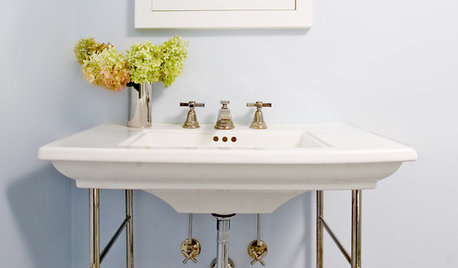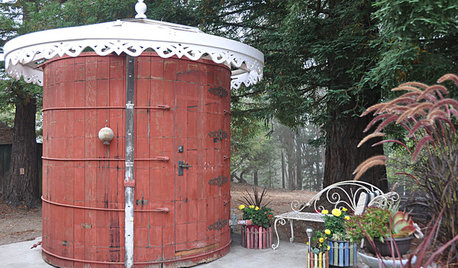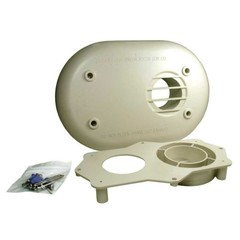Tankless water heater. Home Depot vs plumber
msrose
10 years ago
Featured Answer
Sort by:Oldest
Comments (42)
jackfre
10 years agokudzu9
10 years agoRelated Professionals
North New Hyde Park Handyman · Beach Park Kitchen & Bathroom Remodelers · Shamong Kitchen & Bathroom Remodelers · Artondale Kitchen & Bathroom Remodelers · Allouez Kitchen & Bathroom Remodelers · Athens Kitchen & Bathroom Remodelers · Eagle Kitchen & Bathroom Remodelers · Idaho Falls Kitchen & Bathroom Remodelers · League City Kitchen & Bathroom Remodelers · Lyons Kitchen & Bathroom Remodelers · Newberg Kitchen & Bathroom Remodelers · Phoenix Kitchen & Bathroom Remodelers · Portage Kitchen & Bathroom Remodelers · Sweetwater Kitchen & Bathroom Remodelers · Princeton Kitchen & Bathroom RemodelersKippy
10 years agomsrose
10 years agoSaltiDawg
10 years agomsrose
10 years agojakethewonderdog
10 years agomsrose
10 years agokudzu9
10 years agomsrose
10 years agoElmer J Fudd
10 years agoBruce in Northern Virginia
10 years agojimmy56_gw (zone 6 PA)
10 years agoKippy
10 years agokudzu9
9 years agodadoes
9 years agojakethewonderdog
9 years agomsrose
9 years agoweed_cutter
9 years agojakethewonderdog
9 years agokudzu9
9 years agomsrose
9 years agojakethewonderdog
9 years agokudzu9
9 years agojakethewonderdog
9 years agokudzu9
9 years agomsrose
9 years agojakethewonderdog
9 years agomsrose
9 years agojakethewonderdog
9 years agoVith
9 years agomdfreitas5
7 years agoSaltiDawg
7 years agolast modified: 7 years agokudzu9
6 years agoVith
6 years agolast modified: 6 years agokudzu9
6 years agoJake The Wonderdog
6 years agolast modified: 6 years agoUser
6 years agoJake The Wonderdog
6 years agolast modified: 6 years agoJames Cruickshank
6 years agolast modified: 6 years agokudzu9
6 years ago
Related Stories

GREAT HOME PROJECTSHow to Switch to a Tankless Water Heater
New project for a new year: Swap your conventional heater for an energy-saving model — and don’t be fooled by misinformation
Full Story
GREAT HOME PROJECTSHow to Add a Solar Water Heater
Lower energy bills without a major renovation by putting the sun to work heating your home’s water
Full Story
WORKING WITH PROSHow to Work With a Plumber
Follow these guidelines, and your plumbing job will flow as smoothly as water through clean pipes
Full Story
BATHROOM DESIGNWater Damage Spawns a Space-Saving Bathroom Remodel
A game of inches saved this small New York City bathroom from becoming too cramped and limited
Full Story
SAVING WATER11 Ways to Save Water at Home
Whether you live in a drought-stricken area or just want to help preserve a precious resource, here are things you can do to use less water
Full Story
OUTBUILDINGSSee an Outdoor Bathroom Made From a Water Tank
This repurposed fixture in a California backyard is now the owners' favorite bathing spot
Full Story
GREEN DECORATINGEasy Green: Big and Small Ways to Be More Water-Wise at Home
These 20 tips can help us all make the best use of a precious resource. How do you save water in summer?
Full Story
GREEN BUILDINGWater Sense for Big Savings
Keep dollars in your pocket and preserve a precious resource with these easy DIY strategies
Full Story
DISASTER PREP & RECOVERYRemodeling After Water Damage: Tips From a Homeowner Who Did It
Learn the crucial steps and coping mechanisms that can help when flooding strikes your home
Full Story
EARTH DAYGrow a Beautiful Garden With Ecofriendly Greywater
Reducing home water waste means lower bills and a healthier planet. Here's how to set up a greywater home irrigation system that can help
Full Story


James Cruickshank